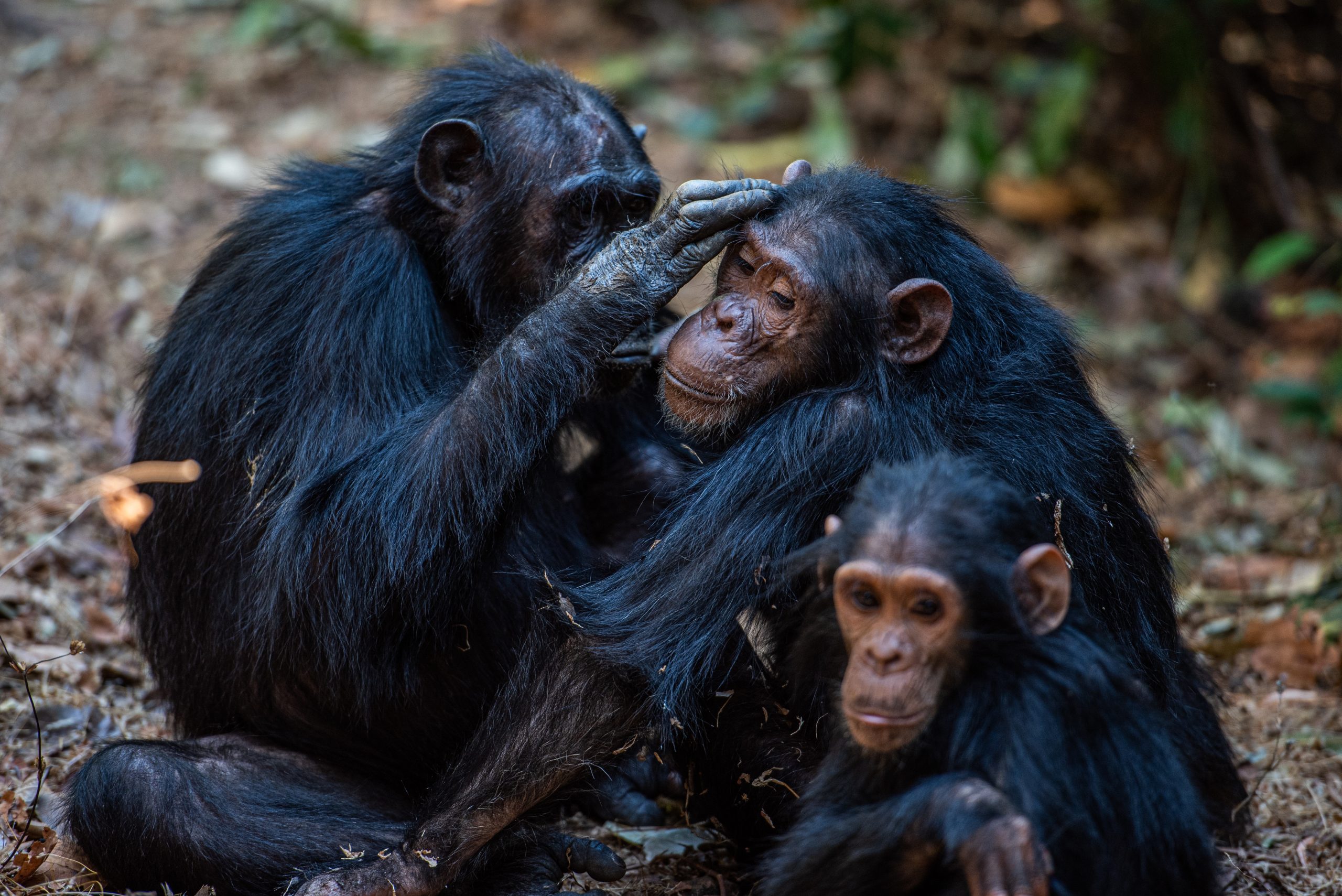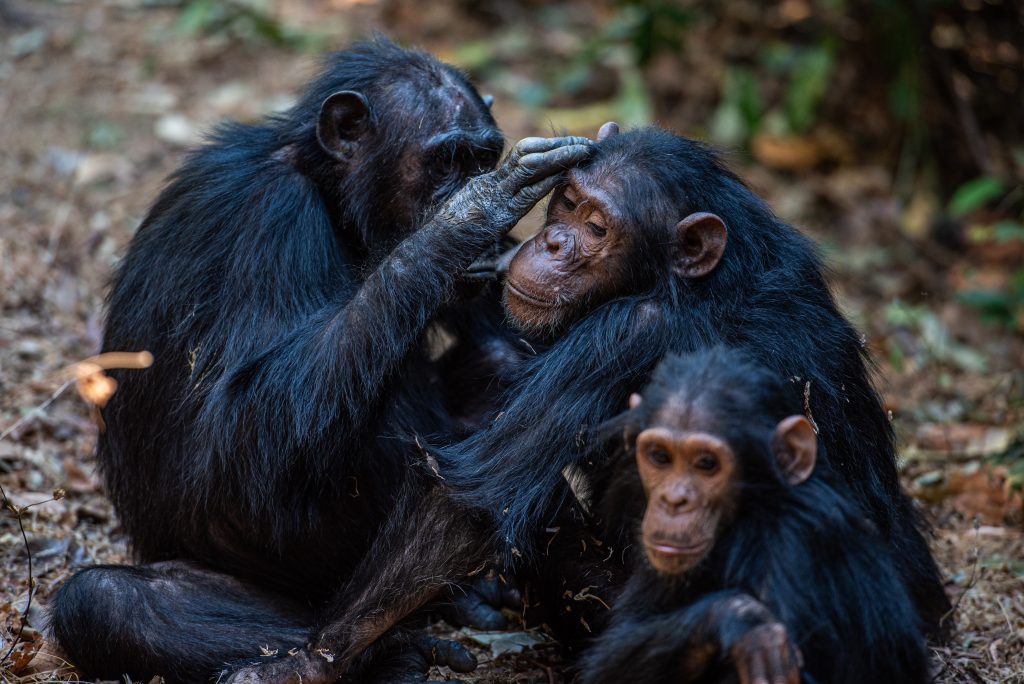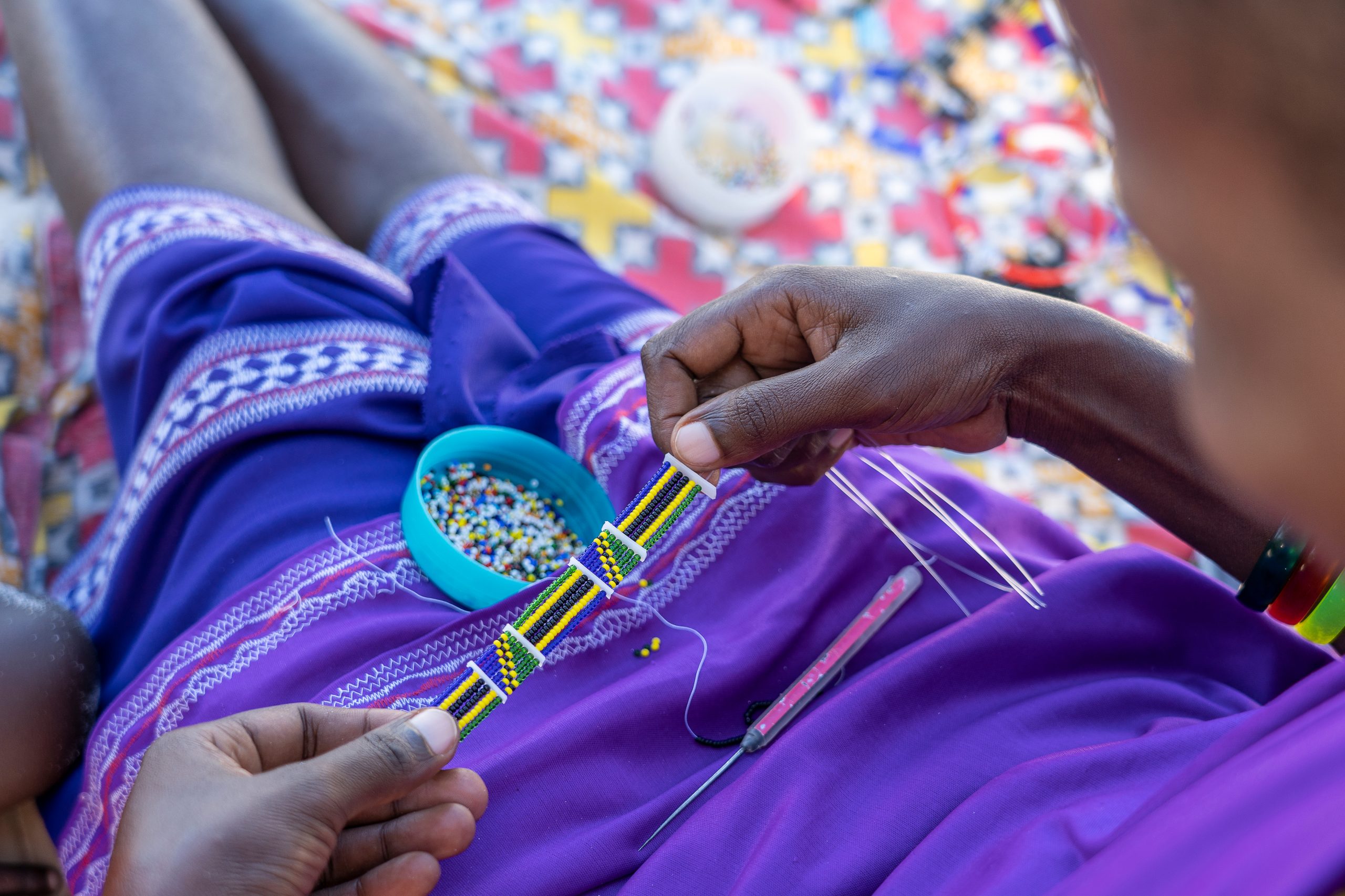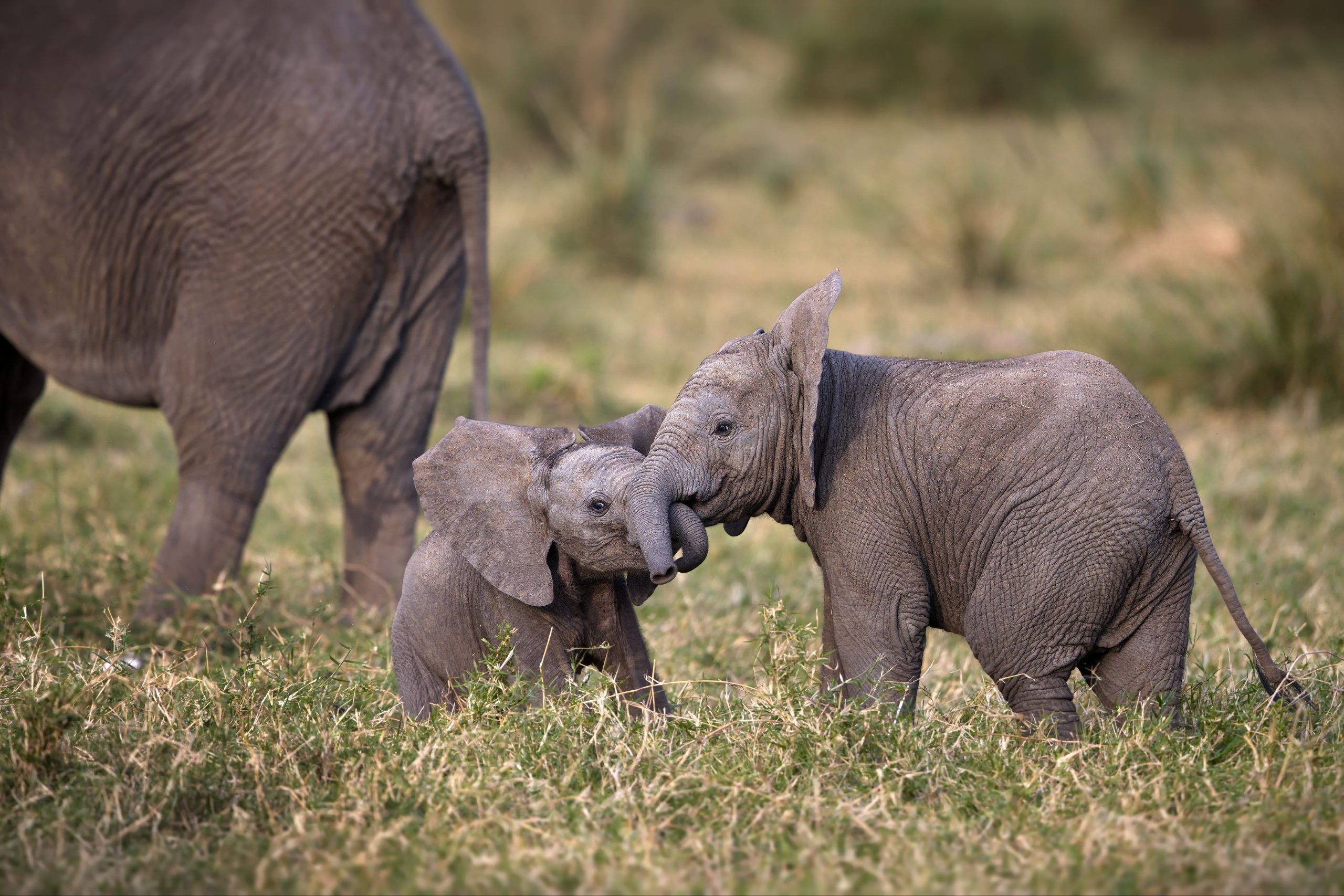
Chimpanzees: A Guide to Our Closest Wild Relatives
Chimpanzees who share approximately 98-99% of our DNA are among the planet’s most intelleigent and socially complex animals. These remarkable apes inhabit equatorial Africa in a range of habitats – from lush tropical rainforests to woodland-savannah mosaics.
Fifty years ago, their range spanned much of this region; today, wild populations survive in just over 21 countries, including Senegal, Guinea, the Congo Basin, Uganda and Tanzania.

Social Structure of Chimpanzees
Chimpanzees live in large communities (typically 15 to 150 members) which splinter into smaller foraging groups that change in composition throughout the day. These small groups might comprise of males, females with offspring, mixed adults, or a lone femal with her young.
At the community level, structure is male-dominated. Males stay in their birth group, forming coalitions and patrolling territories, while females generally emigrate at adolescence. Still within these patriarchal systems, females form their own hierarchies; top-ranking females gain priority access to food, mates, and sleeping sites, and mothers with high status often raise daughters who mature faster and reproduce more successfully.
Tool Use and Innovation in Chimpanzees
Chimpanzee tool use is one of their most studied and celebrated traits. Nearly all populations are know to use tools – modifying sticks, leaves, grasses, and rocks to access food and water.
- Termite Fishing: At Gombe, Jane Goodalls discover of a chimp named David Greybeard using a grass stalk as a termite-fishing tool 1960 revolutionised our understanding of animal intellegience. Tool-making by non-humans was once thought uniquely human.
- Nut-cracking: Chimpanzee’s in Tai National Park (Cote D’Ivoire) use stone hammers and anvils to crack nuts – a tradition that dates back 4,300 years based on archaeological findings.
- Tool Kits: Some groups create complex tool sequences – e.g using one stick to break into termite mouds, another to probe them, and sometimes even a third to extract the termites. They plan ahead, choosing specific plant materials for flexibility in tools or modifying objects like straw tools to extract juice – a sign of forward-thinking tool use.
- Hunting Spears – In Senegal, wild chimpanzees have been observed sharpening sticks to jab into tree hollows to scoop bushbabies – a rare for of hunting tool use beyond retrieving insects or nuts.
These behaviours vary by region and community – underscoring the idea of chimpanzee cultures, where knowledge is socially learned and passed through generations.
Threats to Survival & Conservation Efforts
Habitat Loss & Hunting
Since 1960, chimpanzee numbers have dropped by around half, with as few as 150,000 individuals remaining across Africa. Habitat degradation – through logging, agriculture and road building fragements populations and limits access to vital resources. Hunting for bushmeat and traditional beliefs, and predation by leopards, also pose serious threats.
Disease & Tourism Risks
Chimpanzees are highly susceptible to human-borne diseases like respiratory infections, measles, and polio. Even common cold viruses introduced through tourism have caused serious outbreaks – such as in Uganda’s Kibale National Park, where human metapneumovirus led to pneumonia and significant mortality. Researchers note that chimpanzees frequently expised to too many tourists race elevated risks.
Conservation Stategies:
- Limiting tourist numbers to reduce discease risk – eg. Gombe welcomes just 700-800 visitors annually, well below its capacity of 1,500
- Enforcing biosecurity measure: masks, handwashing, vaccination encouragement, and social distancing during chimp encounters.
- Supporting community engagement, education, and livelihood projects – creating local benefits tied to chimp conservation.
- Chimpanzee trekking as sustainable tourism: fees support conservation, and trails provide observational opportunities that minimize wildlife disturbance.
Travelling Ethically: Your G Advenutres Chimp Trek
This October i’ll be travelling with G Adventures on their Tanzania: Chimp Trekking & Serengeti Safari. It’s more than just a wildlife adveture – it’s a meaningful contribution to conservation. Trekking in areas like Gombe allows you to observe and learn about these incredible primates respectfully, under strict tourism guidlines that protect chimp health.
Why G Adventures Stands Out:
- Ethical & sustainable tourism: G Adventures promotes low-impact travel, invests in local communities, and avoids exploitative interactions.
- Conservation impact: Visiting Gombe National Park and Jane Goodalls research centre means funds are funnelled back into conservation of these incredible creatures and help fund chimp protection.
- Expert Guiding: As the centre of Jane Goodall’s research on chimps the guides here are experts in Chimpanzee behaviour.
Further Reading and Viewing
If you’re eager to dive deeper into the world of chimpanzees and the remarkable legacy of Jane Goodall, there are several compelling resources worth exploring.
In The Shadow of Man (1971), Jane documents her early Gombe observations – including revolutionary discovery of chimp tool use – and Through a Window, which extends her personal and scientific reflections on chimpanzee societies.
On screen you can enjoy the beautifully crafted Jane (2017), A National Geographic documentary that combines archival footage with intimate storytelling to portray Goodall’s early years in Gombe and her scientific breakthroughs. Another poignant film is Chimps: So Like Us (1990), an Academy Award-nominated short documentary that provides a moving look into chimpanzee life and Goodal’s poineering work.
These books and films not only celebrate chimpanzee intelligence, emotion, and social complexity but also invite you to reflect on our shared evolutionary story – and inspire action toward conservaing these extraordinary creatures.
Final Thoughts
Chompanzees are brilliant, socially intricate, and emotionally resonant beings – our closest living relatives outside of bonobos. From their complex societies and rich tool-making traditions to the treats they face from habitat loss and disease, they mirror both human ingenuity and vulnerability.
Supporting charities such as the Jane Goodall Institute or visiting them in ethical experiences such as in Gombe Stream National Park is a fantastic way to support their on-going conservation.
This page does include an affiliate link to G Adventures – by using my link at no cost to yourself, you support the running costs of this website.


